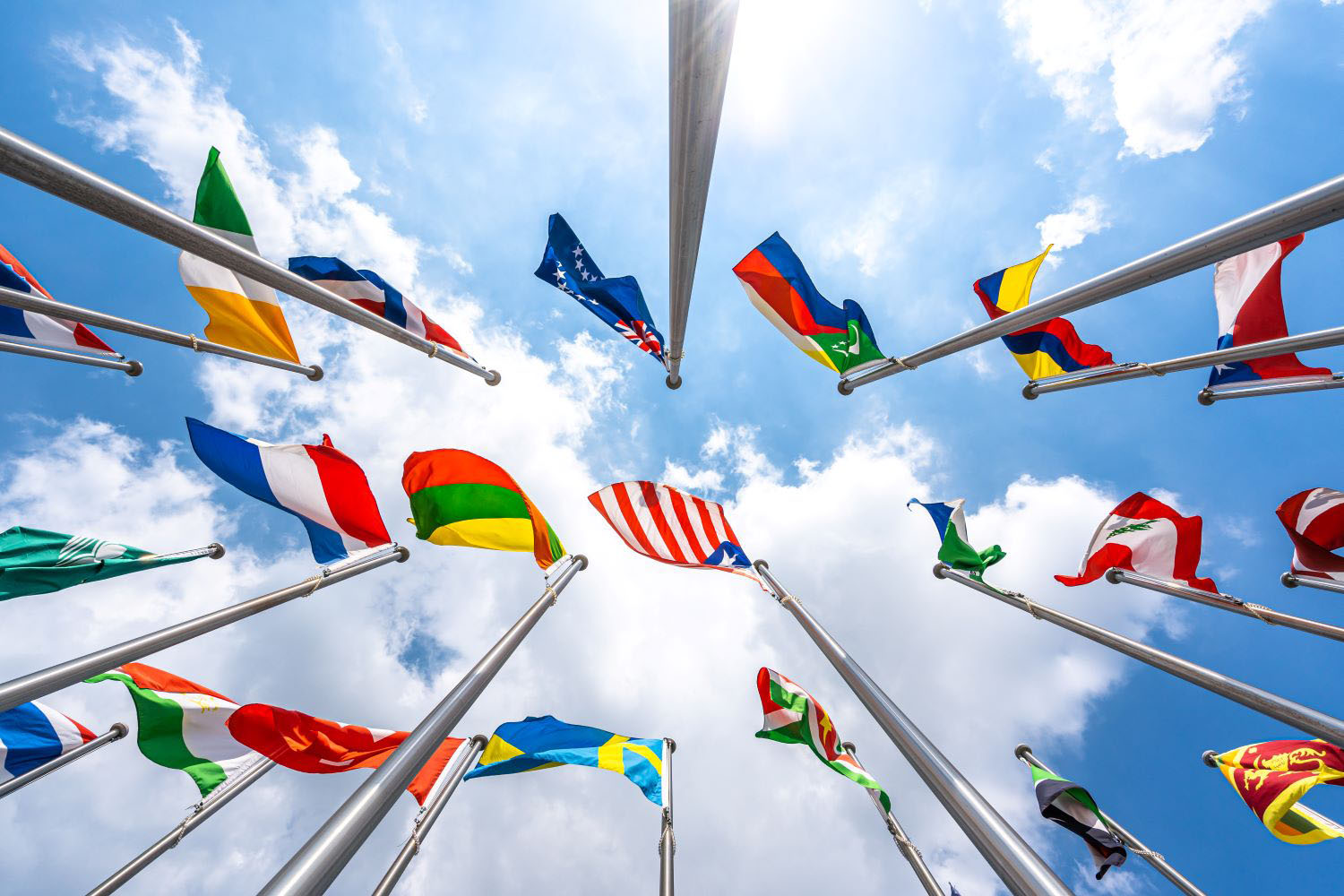This is a joint posting with Martina TonizzoThe World Bank has announced a new poverty line on the basis of revised estimates of Purchasing Price Parity (PPP) price levels around the world. In the
working paper that explains the basis for the new line, poverty measurement guru Martin Ravallion and his co-authors make two proposals.First, they suggest a new line below which people should be considered poor in absolute terms: $1.25. At 2005 prices $1.25 was the average "national" poverty line in the world's 15 poorest countries. That makes it a sensible line for a global absolute measure. Poor (below that line) in the poorest countries is surely absolutely poor. The Economist magazine may be right in worrying that the new poverty line of $1.25 will not have the sticking power of the
older simpler $1 line -- which was in fact, confusingly, $1.08 in 1993 prices. The $1.25 line is equivalent to $1 in 1996 US prices -- too bad we are not still in 1996….Second, Ravallion and co-authors suggest that differences in different countries' choice of poverty line indicate that the definition of poverty is in fact subjective and depends on the social context. Poverty is in other words in part a relative concept -- the income or consumption status of your fellow citizens affects your notion of poverty. Countries' poverty lines rise with consumption with an overall elasticity of 0.7 (
see Figure 1). They note that their new more extensive data on poverty lines across countries suggests that relative poverty is a more prominent concern among developing countries than the less complete data of the past on poverty lines implied.For the first time (as far as we know), World Bank poverty experts will begin using both the absolute poverty line and "relative" poverty lines in future reports of analyses of over 500 household surveys spanning over 100 countries.

Reporting on relative poverty represents a small crack in the World Bank's two-decade long focus on an international absolute poverty -- since the
1990 World Development Report, and may turn out to be more interesting and controversial than Ravallion's quiet announcement in a technical paper. For one thing it ensures that poverty we will have always with us, since as "relative poverty" lines rise with rising incomes in the developing world, millions of people will shift from non-poor to poor in relative terms.The idea of relative poverty also makes room for new thinking about the meaning of poor, middle class and rich in developing countries. At $3 a day are people in developing countries "middle class" as
Banerjee and Duflo suggest, or far below what one of us considers a secure middle class life (see
here and
here).
CGD blog posts reflect the views of the authors, drawing on prior research and experience in their areas of expertise.
CGD is a nonpartisan, independent organization and does not take institutional positions.


 Reporting on relative poverty represents a small crack in the World Bank's two-decade long focus on an international absolute poverty -- since the
Reporting on relative poverty represents a small crack in the World Bank's two-decade long focus on an international absolute poverty -- since the 


